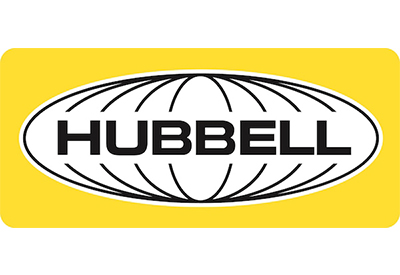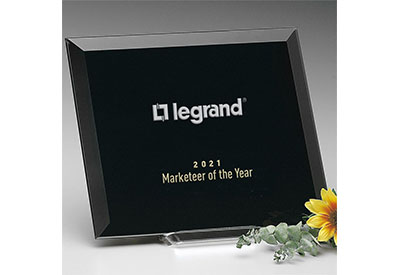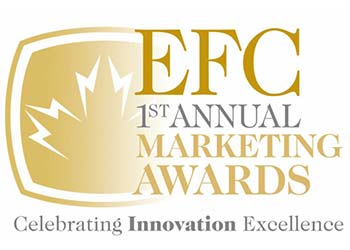Adapting to the Future with Young Talent

I recently attended a conference in the United States where experts sitting on a panel were asked for their opinions on the future of our industry. Everyone gave various thoughts on what could happen and on how things were going to change. Many were uncertain about what changes would occur, but they were all certain that there would be change — and that this change would be large, would happen fast and would take place soon.
One question that came up was,”What decisions can be made, if we don’t know how it will change?” In my mind, only one answer came up. If you are uncertain of the changes facing you, and you want to be best prepared, then the only thing you can do is make sure you have the right people working at your company; people who are flexible enough to make adaptations. However, this is easier said than done. Finding the right people and hiring new talent who are adaptable is getting more difficult to do.
Electro-Federation Canada (EFC) just completed a study entitled,Talent: A Playbook for the 21st Century that shares insight on our industry’s hiring needs and the expectations of new talent. The findings show that there will be fewer people to take the place of current workers, as those familiar with the industry will be retiring. As an industry, we have no alternative but to hire young talent. The good news is that they will be the best in learning how to adapt to the unknown changes that will come to our industry.
The study looks at the strengths and weaknesses of our industry in the eyes of young millennials. In their eyes, they view our industry as safety conscience, committed to energy efficiency, and as a leader in innovation. They see our industry as one that fosters growth, advancement and a positive work-life balance. The study found that we appear to be weak as a cutting-edge industry, and are not effective in offering developmental training or mentoring programs.
As an industry, we need to band together to promote the positive aspects of our industry, and work on elevating those areas that we are perceived to be weak in, so that we can better appeal to the young aggressive talent.
This consideration is similar to marriage counselling: the first thing a counsellor will tell you when you start talking about your relationship is that the only person you can change in the relationship is you. The same rule applies to attracting young talent. Our habits and perceptions need to adjust in order to meet millennials’ expectations. But, what is it that they want? According to the study, millennials are searching for a strong work-life balance, but not in the typical sense we might think: they want to be at a company where life revolves around work and around those they meet at work. They want an interesting, challenging job where that can have an impact and make a difference. They want to be proud of the company they work for, because it makes a difference to the world around them.
As an industry we need to sell our “millennial strengths.”To attract talent, we need to further boost our image as leaders in energy efficiency, sustainability and innovation.
The more we adapt to young talent, the more they will help us adapt to future changes that we all see coming to our industry. The Talent: A Playbook for the 21st Century report is available for free to EFC members in both print and electronic versions. To obtain a copy, contact EFC at info@electrofed.com.
Rick McCarten is Vice President, Electrical Council, Electro-Federation Canada.
Read more in Canadian Electrical Wholesaler by Rick McCarten
Should Distributors Sell Robots?
Agility: Knowing Your Competition
The Big Picture
Could our Industry Lose the Lighting Market?
Adapting to the Future with Young Talent
If Your Customers Can See More, You Might Want to Help Them See Even Further
Health and Sciences Could take a Lesson from the Electrical Industry
Change is About to Hit Our Industry
Challenges of the Digital Age
Agility: The Customer Landscape
Agility is the New Lean: Alexander Defeats the Persians
Agility is the New Lean
The Gap Between “Us” and “Them”
Our Industry Needs to Help Canada Skate to Where the Puck is











